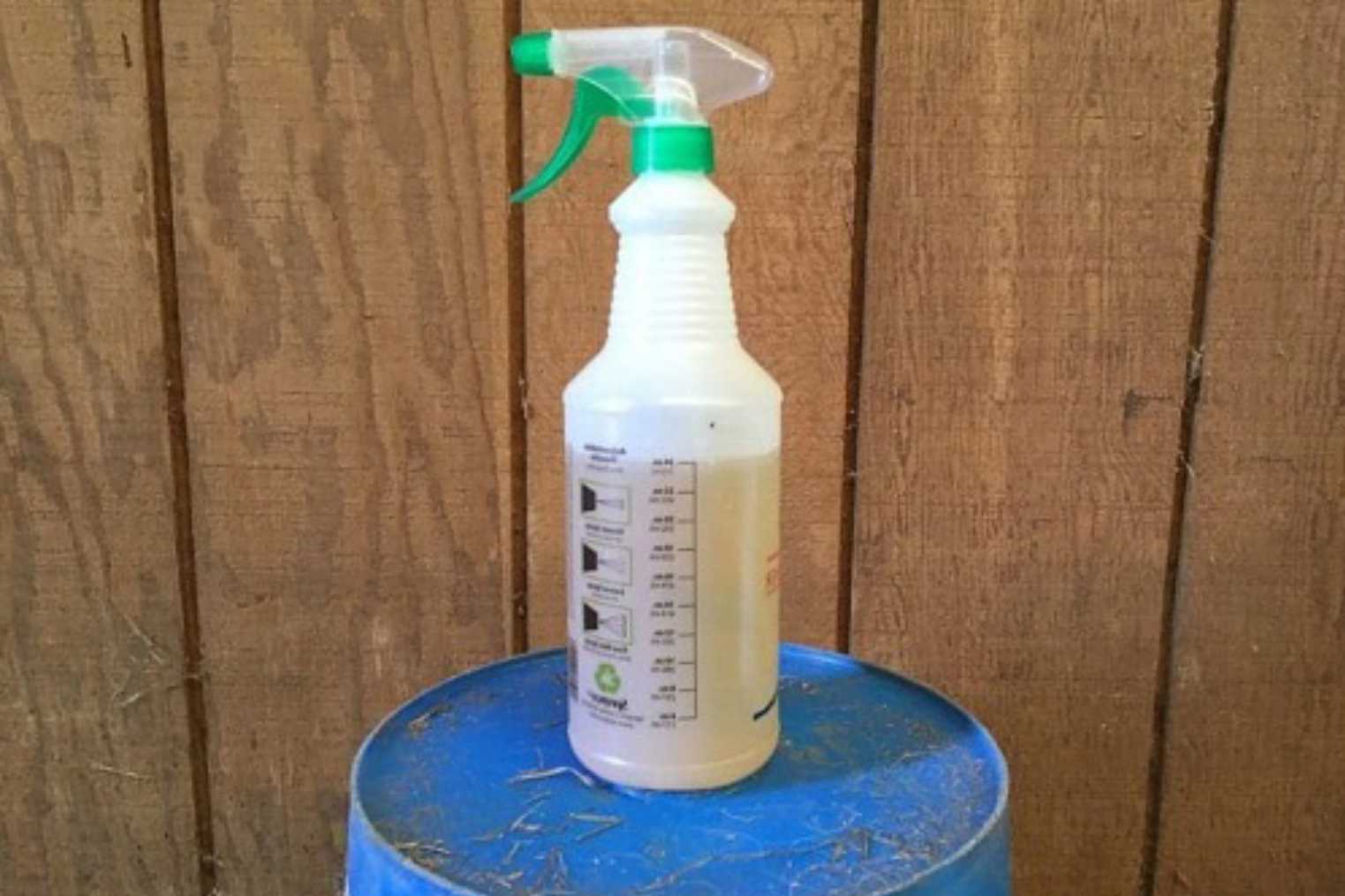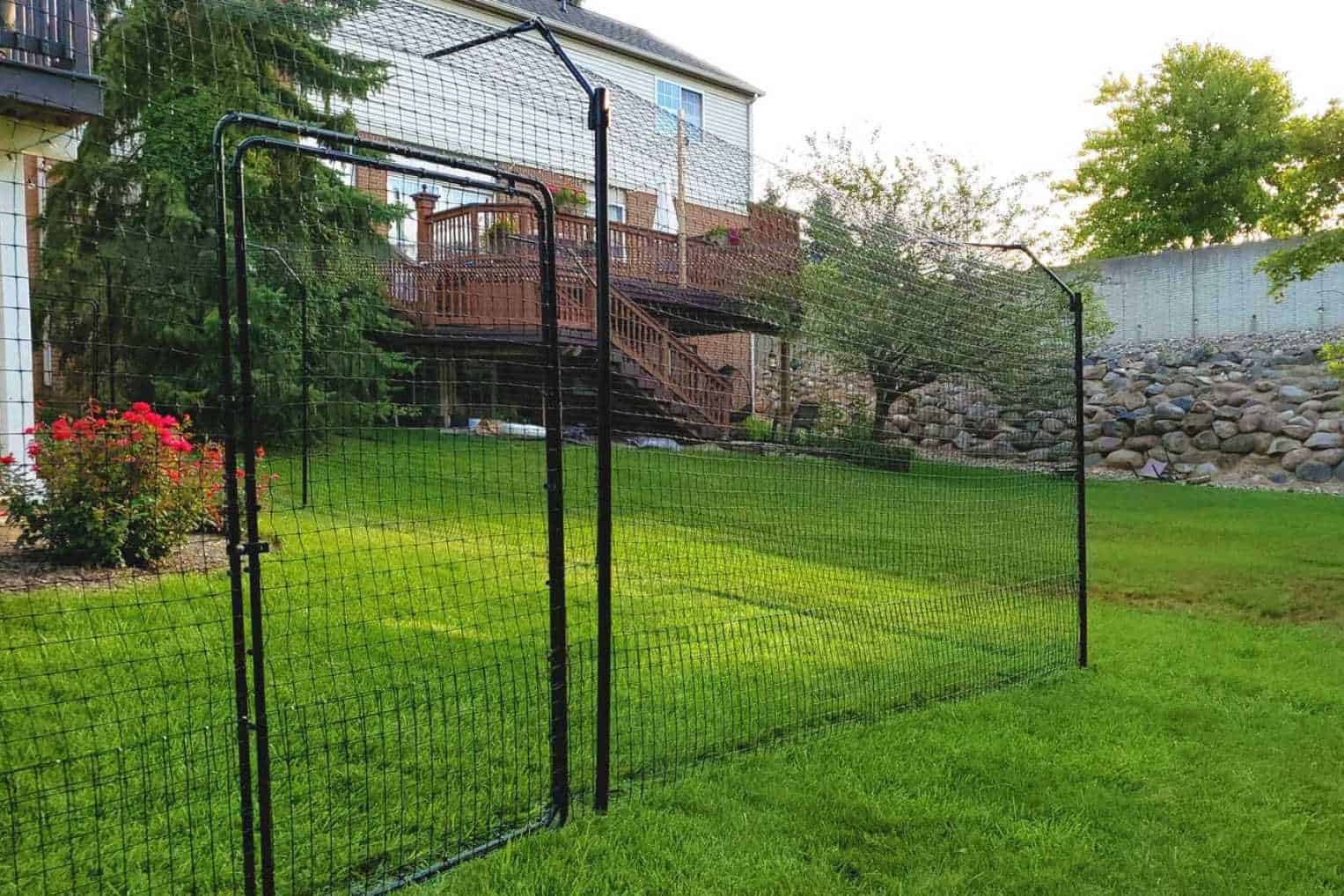Bunnies and plants aren’t exactly best buddies. Bunnies can cause a lot of mess in your garden. Though they don’t destroy plants as much as other animals as raccoons and deer do, they can be quite a handful. Thankfully, there are natural rabbit repellent methods you can follow!
Natural rabbit repellent plans are used to keep your rabbits from munching your peas and eating your plants’ leaves. Here are eight valuable tips you can follow to help you out.
Let’s start!
Method 1: Homemade Organic Rabbit Repellent
Many pet owners prefer organic gardening. Organic gardening means using natural repellents to deter rabbits safely, without any chemicals that may harm them.
Below are the things you need to make an organic homemade rabbit repellent:
- Crushed red peppers
- Dish soap
- Peeled garlic cloves
- Water
- Empty water jug or milk jug
Firstly, place the peeled garlic cloves inside the empty jug. Then, mix a teaspoon of crushed red peppers with dish soap. Add a gallon of water to the mixture and pour them into the pitcher. Shake the jug to incorporate all the ingredients well.
Next is to have the jug placed under direct sunlight for 1 to 2 days until the mixture becomes concentrated. Then, there you have it! Your mix of homemade organic rabbit repellent is done.
Remember to shake the container well before using it to ensure the concentration of the mixture. Having a spray bottle on hand facilitates easy transfer and application of the repellent. You can apply it quickly by spraying it onto plants your rabbit targets.
Note that it might require some time to take effect. You may need to apply the mixture every 5 to 7 days before seeing the results. If you’re worried about the rain, don’t fret! You can still reapply as soon as the rain stops to ensure your repellent’s effectiveness.
Method 2: Adding Fences and Other Barriers
If you think repellent solutions aren’t for you, here’s another natural rabbit repellent plan you might like. Use the fence and barrier methods to protect your plants.
Rabbits are excellent jumpers. We all know that. In fact, they could even reach a height of 4 feet! By knowing these, you understand that you will need a tall fence to plan out the barrier methods effectively.
Here are the things to prepare:
- Planks of wood
- Wire mesh domes
- Nettings
- Wire grids
Ideally, you should install a 2 to 3 feet tall fence with an additional 6 inches buried underground to prevent rabbits from digging underneath. Keep in mind that heavy snowfall would give rabbits more height to jump across walls during winter. An extra height might be essential if you live in frequent heavy snowfalls during winter.
You can place the barrier around a vast area of your garden. If you do this, always check the fence regularly for damages.
Other homeowners prefer having individual barriers for each of the plants. You’ll need wire mesh domes, nettings, or grids for individual barriers. Domes also need to be 6 inches under the ground to deter rabbits effectively.
Covering plants in hardware cloth or tree wrap is a good idea for tall trees. This can prevent rabbits from nibbling on branches and munching on peas.
Method 3: DIY Linseed Oil Natural Rabbit Repellent
Another natural rabbit repellent plan that you can try is the Linseed Oil repellent. For this method, you’ll just need three things. Listed below are the ones you need to prepare:
- Linseed oil
- Dish detergent
- Water
- Spray bottle
Simply mix the three ingredients together. The ideal amount of linseed oil that you should incorporate is more than the amount of detergent and water.
Shake the bottle to ensure that the oil and soap mixture is incorporated well. Spray the linseed oil repellent onto your plants. This might also need a few days to take effect. Sometimes, you’ll need to reapply after a few days to see results.
Method 4: DIY Soap Rabbit Repellent
This plan works well on both rabbits and deer. Here, you’ll need soap with Sodium Tallowate. Tallow is a fatty substance made from animal fat. This substance is primarily used in candle and soap making.
Shave the soap using a potato peeler. Toss the soap peels around your garden. It might look silly for some, but a simple rabbit repellent plan like this can do wonders!
Method 5: DIY Natural Rabbit Repellent
The next plan you can do is this DIY natural rabbit repellent. These ingredients are mostly seen in your kitchen, so it’s effortless and straightforward to make!
Here are the things you should prepare to create this natural rabbit repellent:
For mixing:
- 1 tbsp minced garlic
- 1 squirt of lemon and lime juice
- A squirt of mustard
- 1 squirt of hot sauce
- Sliced bananas
- Onions
- Cayenne pepper or paprika
- Crushed red pepper
For boiling:
- 1 cup of water
First, you have to mix all the ingredients. Then, boil them together with a cup of water for 20 minutes.
Note that the mixture has a strong odor you probably won’t like! Be careful with handling it as well.
Let the mixture cool and pour it onto a spray bottle. Spray the repellent onto the concerned plants.
Method 6: Scare Approach
Rabbits are very alert and conscious of their environment. They watch out for potential danger at all times.
Scaring rabbits through scare tactics is what some homeowners do to prevent these animals from messing with their lawns.
Some would throw out fake snakes and owls to veer rabbits away. Other scare techniques would include bags of human hair, automated sprinklers, and scattered soap peels.
Other people also believe that ultrasonic motors scare rabbits away. However, studies prove that these devices have no direct effects as repellents.
However, these scare tactics do not work long-term. The advantage of these scare approaches may only be evident at the start. Yes, your rabbit might stay away from your plants during the first few days, but they will eventually realize that these fake snakes are not real.
Once your rabbit becomes adaptive to the scare tactics, it will start to go near your plants again. Eventually, you’ll find your rabbit munching on petals and nibbling leaves.
Method 7: Trapping and Relocation
When other methods prove ineffective, some homeowners think that the best way to repel rabbits from plants is to set live traps. These live traps will enable homeowners to relocate the rabbits and other animals elsewhere.
However, most people consider this plan far from humane. It’s not advisable to trap and relocate rabbits since they are vulnerable animals that local predators look out for.
Also, traps like the traditional steel-jaw and leg-hold traps are highly discouraged. These cause unnecessary pain and suffering to animals.
A compassionate method to deter rabbits from your garden is to leave them under their own will and power. Allow them to be as free as possible without causing any harm. Besides, there are lots of rabbit repellent plans available for you to try.
Method 8: DIY Tabasco Sauce Repellent
Your favorite hot sauce isn’t just for your pizza. This DIY Tabasco Sauce Repellent can effectively make your rabbit stay away from your plants.
The ingredients you’ll need for this natural rabbit repellent plan are the following:
- Red pepper flakes
- Garlic powder
- Tabasco sauce
- Dish detergent
First, place the red pepper flakes and garlic powder in 2 cups of water and heat the mixture in a microwave. Wait for it to cool. Then, after a few minutes, strain the mixture through a coffee filter. You can also use a squeeze cloth or tissue to remove the residues.
Next is to remove particles that can clog your spray bottle. Don’t throw the residue away! You can use this for another method. After straining, pour the dish detergent into the mixture. Shake your bottle to incorporate all ingredients together.
After a week, you might need to reapply the mixture to see the best results. If you’re unsure whether your plant can tolerate the natural repellent, you can test it out for a day. The leaves should have no signs of drying or wilting.
You have your strained solids, right? Mix them with soil or sand and sprinkle them around your garden. This can also drive rabbits away from your lawn.
Summary
And there you have our list of the natural rabbit repellent plans you can do to keep rabbits from messing with your garden. There are many tips and tricks you can use to protect both your plants and your pet.
The most important thing to remember is only to consider the 100% compassionate and rabbit-safe methods. This way, you can ensure the health and happiness of your little bunny!







